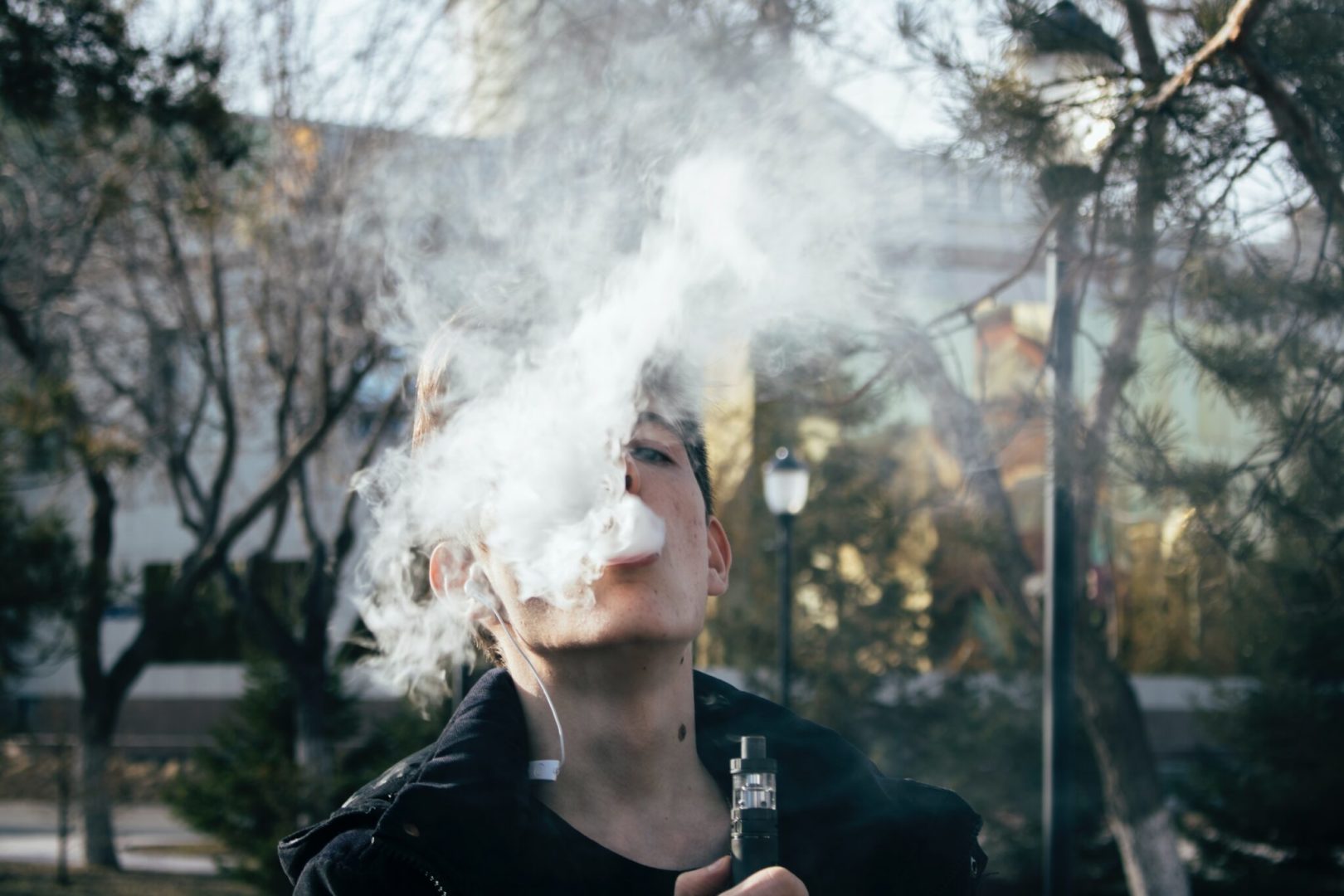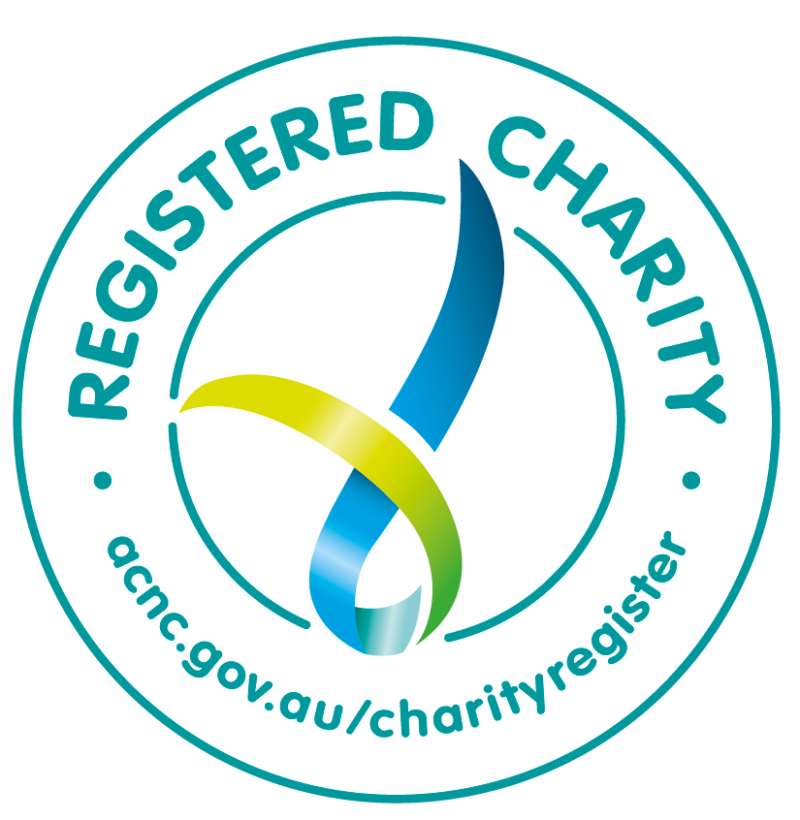Research varies, but figures of one in five teenagers engaging in vaping are not uncommon. What is not in doubt is that vaping has overtaken the smoking of cigarettes in terms of popularity among adolescents. Therefore, it is an issue that many dads will need to confront.
What is Vaping?
Vaping is different to smoking because it doesn’t involve the burning of tobacco. It involves the inhaling of a vapor. This aerosol is produced by heating an e-liquid containing a variety of chemicals such as nicotine and flavourings. The heating is usually achieved by means of a small battery. These electronic vaping devices are collectively called ‘e-cigarettes’ and can different colours . However, this term covers a wide range of vape devices ranging from small, disposable electronic cigarettes to larger, re-usable vape devices.
What do vapours breath?
Vaping liquids are often sold as being relatively harmless. When related to smoking cigarettes, this may be true. The e-liquid is heated rather than burned. This results in fewer poisons being released. However, there is still a lot that is not good about e-liquids. Nicotine is a common component, and nicotine is highly addictive. Other chemicals are found in e-liquids such as vegetable glycerine (which helps produce the vapour) and propylene glycol (designed to create a sensation in the throat not dissimilar to smoking). Many vapes can be adjusted to deliver attractive flavours such as apple pie and strawberry. This can create a sense of innocence about the habit that is not matched by reality.
The Law
In Australia, laws about vaping have been state and territory based, but are transitioning to become more uniform. It is generally illegal to engage in any vape-related activities until you are 18 years of age. If caught vaping while under age, authorities have the right to seize and confiscate the vaping equipment.
Under the Public Health (Tobacco) Act 2008, it is illegal to sell e-cigarettes and accessories to anyone under the age of 18 years. It is also illegal to buy such products on behalf of anyone under 18 years. Non-nicotine e-cigarettes and vapes that do not contain any illegal ingredients, are generally legal to vape if over 18 years.
However, it can be illegal to vape at any age if the e-liquid contains nicotine or any illegal substance.
e-liquids containing nicotine are classified as a schedule 7 – Dangerous Poisons under the National poisons Standard.
Under certain circumstances, such as alleviation of smoking withdrawal symptoms, doctors may prescribe an e-liquid that has nicotine, but only as a schedule 4 prescription which means it has to be carefully monitored and controlled.
State and territory laws about using e-cigarettes that contain nicotine can vary, as can laws about importing vapes containing nicotine from overseas. Not only can the law vary from state to state, it can vary over time. Therefore, it is important to check what the current laws are that relate to vaping.
Vaping’s impact on health
Vaping is often promoted as a healthier alternative to smoking. This may well be true in relative terms, but this does not make vaping a healthy activity.
Just how unhealthy is vaping? The answer is, we don’t really know. Vaping as an activity is still rather new. Therefore, there is still a lot more research that needs to be done on vaping’s impact on health.
Furthermore, generalisations can be complicated because there are many different forms of vaping and a great difference in what is used as an e-liquid.
That said, it is possible to share a number of known facts:
- Rather than being a safe alternative to smoking, some studies have found vaping can increase smoking behaviour.
- Chronic Obstructive Pulmonary Disease (COPD) and lung damage has been linked to vaping.
- Nicotine is a common ingredient in e-juice, which is highly addictive and is also a poison.
- The ability to perform well at work or at school can be reduced because of vaping. Memory problems, concentration issues and slow brain development are not unknown among regular vapers.
- The batteries in vapes have been known to explode and cause serious burns.
- Vapers can end up using more and more dangerous substances to vape. Some have started using relatively innocent e-juices but have ended up using dangerous cocktails containing prohibited substances such as tetrahydrocannabinol (THC).
- Behavioural and mood changes have been associated with vaping, including problems with anger and impulse control.
- Cardiovascular problems can occur among regular vapers and an increased risk of heart attack and stroke.
- Those that vape are at a greater risk of developing cancer.
- Regular vapers can suffer from ‘vaper’s tongue’ – a condition that prevents them from tasting.
- Many other ‘nasties’ can be found in vape aerosols including acetaldehyde, formaldehyde and acrolein.
As fathers and father figures, if you feel it’s necessary to have the conversation about vaping, then do so. Given its prevalence amongst teens, it’s important to have conversations about risky behaviours like vaping, to understand your teen’s attitude towards it and to impart your knowledge, and, help to educate them about the dangers.
It is hoped that the information provided might equip dads with the knowledge needed to understand what vaping entails and why it is an activity that should be not be encouraged.
Author: Dr Tim Hawkes OAM
Ambassador for The Fathering Project
Author of Ten Conversations You Must Have With Your Son.
Director of Truwell – a wellbeing program for schools.



